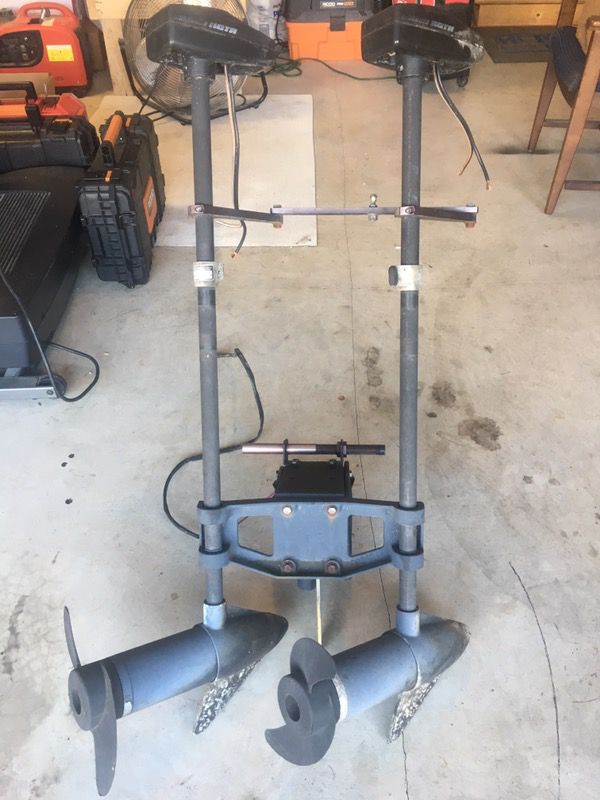Build Your Own Boat: A Beginner's Guide to Stitch-and-Glue Construction
Dreaming of gliding across the water in your own handcrafted boat? It's more achievable than you think! Stitch-and-glue boatbuilding is a fantastic entry point for beginners, requiring minimal prior woodworking experience. This method utilizes readily available materials and simple techniques, allowing you to bring your nautical vision to life. Forget complicated joinery and expensive tools – let's dive into a step-by-step guide that will have you building your own boat in no time.
Choosing Your Plans and Materials
Before you even think about grabbing a hammer, selecting the right plans is crucial. Numerous websites and suppliers offer stitch-and-glue plans for various boat types, from small kayaks and canoes to larger dinghies. Look for plans specifically designed for beginners, often indicated by their simplicity and clear instructions. Pay close attention to the included materials list, ensuring you understand what you'll need before you begin. This clarity avoids frustrating mid-project stops.
Essential Materials:
- Plywood: Marine-grade plywood is a must. Its water-resistant properties ensure your boat's longevity.
- Epoxy Resin and Hardener: This forms the glue that bonds your boat together. Follow the manufacturer's instructions carefully for mixing ratios.
- Stitch-and-Glue Thread: This temporary stitching holds the plywood pieces together before the epoxy cures.
- Fiberglass Cloth: Provides additional strength and waterproofing to the hull.
- Paint or Varnish: Protects your boat from the elements.
- Various tools: These include a drill, clamps, scissors, sandpaper, and safety gear (gloves, eye protection, mask).
The Stitch-and-Glue Process: A Step-by-Step Guide
With your plans and materials gathered, it's time to start building! The process is remarkably straightforward. The key is to follow each step meticulously, taking your time and paying attention to detail. Rushing could lead to costly errors. Remember, patience is a virtue in boatbuilding!
Step 1: Preparing the Plywood
Carefully cut your plywood panels according to the provided plans. Use a sharp utility knife or jigsaw for accurate cuts. Sand the edges to ensure a smooth surface for better adhesion. Accurate cutting is key for a strong and watertight hull. Take your time on this crucial first step to ensure a perfect fit.
Step 2: Stitching the Panels Together
Following the plan's instructions, use the stitch-and-glue thread to temporarily join the plywood pieces. This creates the basic shape of your boat. Ensure the stitches are evenly spaced and tightly pulled to maintain the integrity of the structure before the epoxy bonding begins.
Step 3: Applying the Epoxy
Once stitched, you'll apply epoxy resin to the joints, thoroughly saturating the wood and thread. This is where careful preparation pays off. Using the correct epoxy to wood ratio is crucial for a strong bond. Avoid messy application; a steady and controlled approach will lead to a more professional finish. Follow the manufacturer's instructions regarding curing time.
Step 4: Fiberglass Reinforcement
After the epoxy has cured completely, apply fiberglass cloth over the exterior of the hull. This adds significant strength and waterproofing, making your boat durable and resistant to water damage. Make sure you smooth out air bubbles during application for an even layer of protection.
Step 5: Finishing Touches
Once the fiberglass has cured, you can sand the surface smooth. Apply your chosen paint or varnish for a beautiful and protective finish. Add any necessary hardware, such as seats, oarlocks, or a rudder, according to your plans.
Launching Your Creation
After all the hard work and meticulous attention to detail, the moment of truth arrives. Launching your handcrafted boat is an incredibly rewarding experience. You've transformed raw materials into a vessel capable of carrying you across the water, a testament to your skill and perseverance. Enjoy the fruits of your labor, and remember to always prioritize safety on the water.
Building your own boat is an adventure! While it requires dedication and patience, the satisfaction of navigating your self-made vessel is unmatched. So grab your tools, follow the plans, and get ready to experience the thrill of boatbuilding.

























